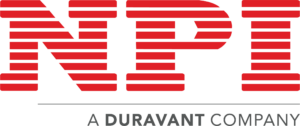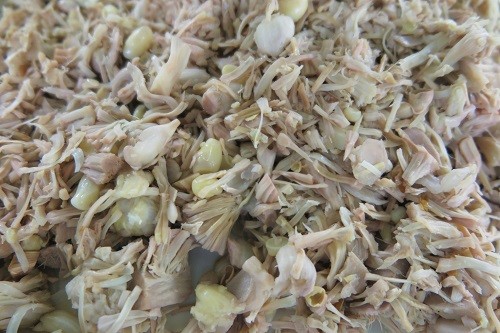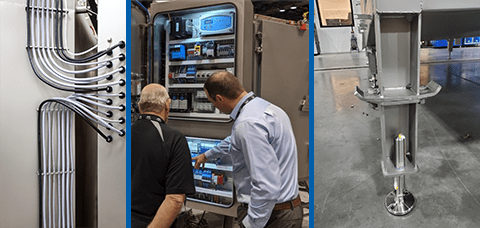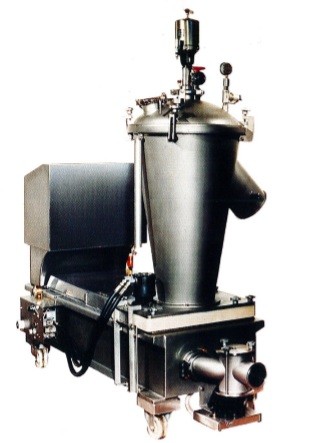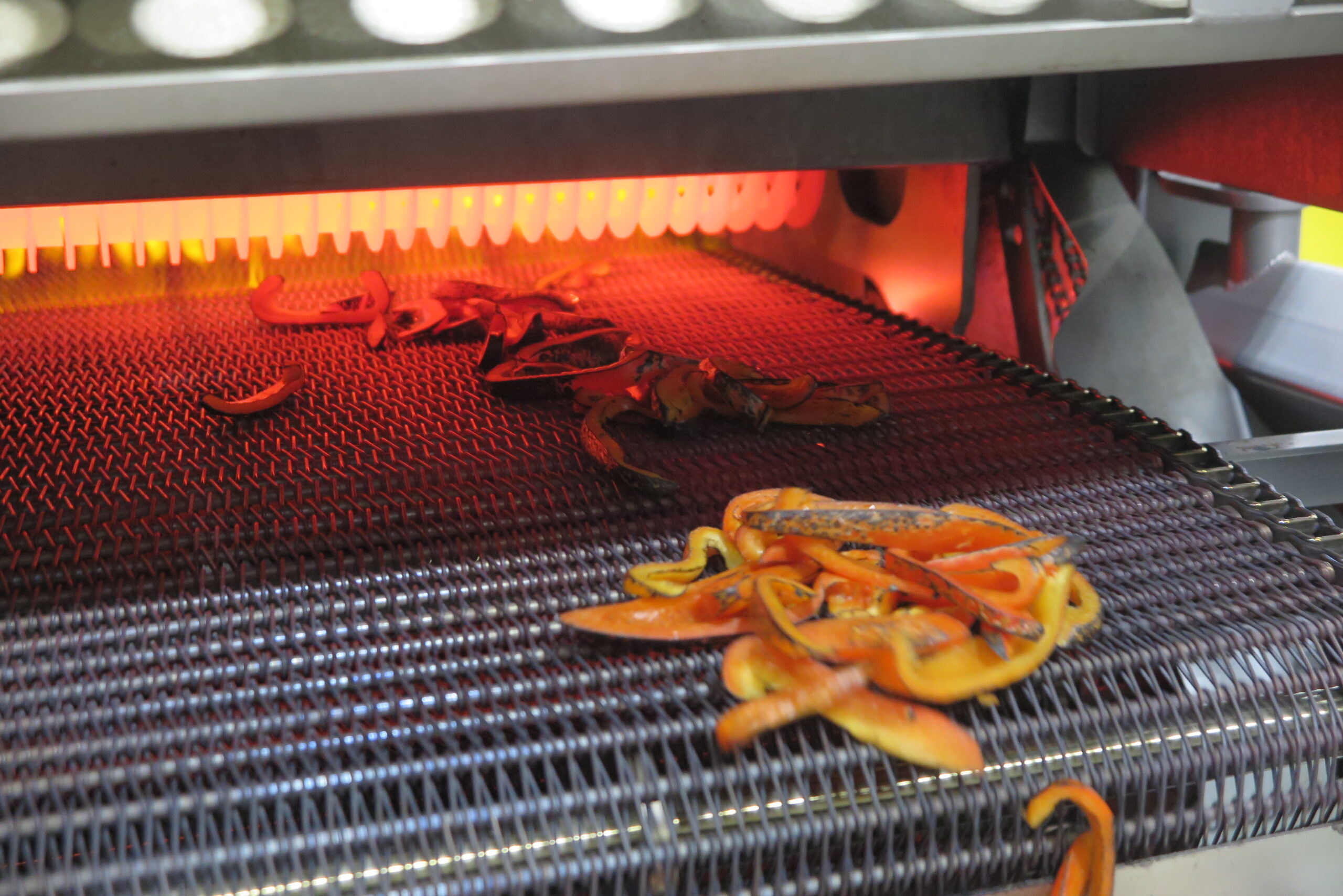If you process meat and poultry products, it’s no secret that your goal is to prevent consumer complaints to the USDA’s Food Safety and Inspection Service about foreign matter in those products manufactured at your meat processing plant(s).
In 2018, The National Meat Institute published Industry Best Practices for Customer Complaints of Foreign Material in Meat and Poultry Products to help guide processors with a method of receiving, investigating, and responding to foreign material complaints. But wouldn’t you rather ensure your plant(s) employs the best defense to detect bone contamination in boneless meat and poultry products? This is where the integration of a high-performance bone detection system can help when placed in further processing lines that produce whole muscle, trim, and ground poultry products.
Reliable Detection of Bone Fragments and Foreign Matter Inclusions in Meat and Poultry Products
There are various types of x-ray technology to detect foreign matter (e.g., metal, glass, ceramic, stones, rubber, plastic, etc.) and bone fragments in boneless meat and poultry products. Some further processors use an open belt x-ray system that detects contaminants as meat product travels along a flat conveyor belt prior to portioning, stuffing, or packaging. While there are some advantages in terms of flexibility with an open belt design, the major disadvantages – product purge and false rejects – is quite costly in terms of profit margins. Unfortunately, product purge often runs off the belt and down the floor drains during open belt inspection which causes yield loss of 1.5% to 3%. If purge loss is a concern (and to most, it is), an enclosed pipeline x-ray meat inspection solution may be a better choice.
Going Beyond Traditional Bone Detection Technology
A longtime trusted solution for meat inspection is an enclosed pipeline x-ray system that works in conjunction with Marlen’s Opti Series vacuum stuffer and pump. Due to the strong vacuum created by this type of system, air pockets are minimized, resulting in greater imaging and less rejects due to more accurate and reliable detection of bone fragments and foreign matter inclusions. Processors have experienced low- and high-density contaminant detection as small as 0.5mm for metal, 1-2mm for calcified pork and beef bones, and 2-4mm for calcified poultry bones at up to 15,000 pounds per hour. Faster rates are possible with different results.
Upping the Ante in Rejection Control
An enclosed pipeline x-ray system is also capable of operating at speeds up to 34,000 pounds per hour when used with a Marlen Opti Series vacuum stuffer and pump. Marlen’s pump controls the reject system which results in significant reduction of product reject amounts (3-5 pounds), delivering increased product yields. Greater purge retention and reduced numbers of false rejects result in increased yields of 1.5% to 3% versus conventional belt inspection systems.
Enclosed Pipeline X-Ray Systems Redefine Portion Control
Marlen Opti pumps supply a continuous and steady flow of product along with net weight portioning capability, while allowing processors to x-ray product still prior to packaging. The integration software between a Marlen Opti pump and a pipeline x-ray inspection machine is able to track foreign matter based on flow location, allowing the accurate removal of contaminants while maintaining proper portion control.
Making the Case for Inspecting Pumped Product Versus Conveyorized Product
Validation tests have been conducted using 60,000 pounds of split, de-boned chicken breasts from one facility. The product was then refrigerated and transported to a further processing facility. During the time between de-boning and inspecting, the product seeped liquid containing protein into 2000# combos. The total weight of product both entering and exiting the inspection process (enclosed pipeline vs. conventional belt x-ray system) was documented. This case study comparing the results contains facts and data collected and demonstrates the benefits of enclosed pipeline x-ray inspection systems.







